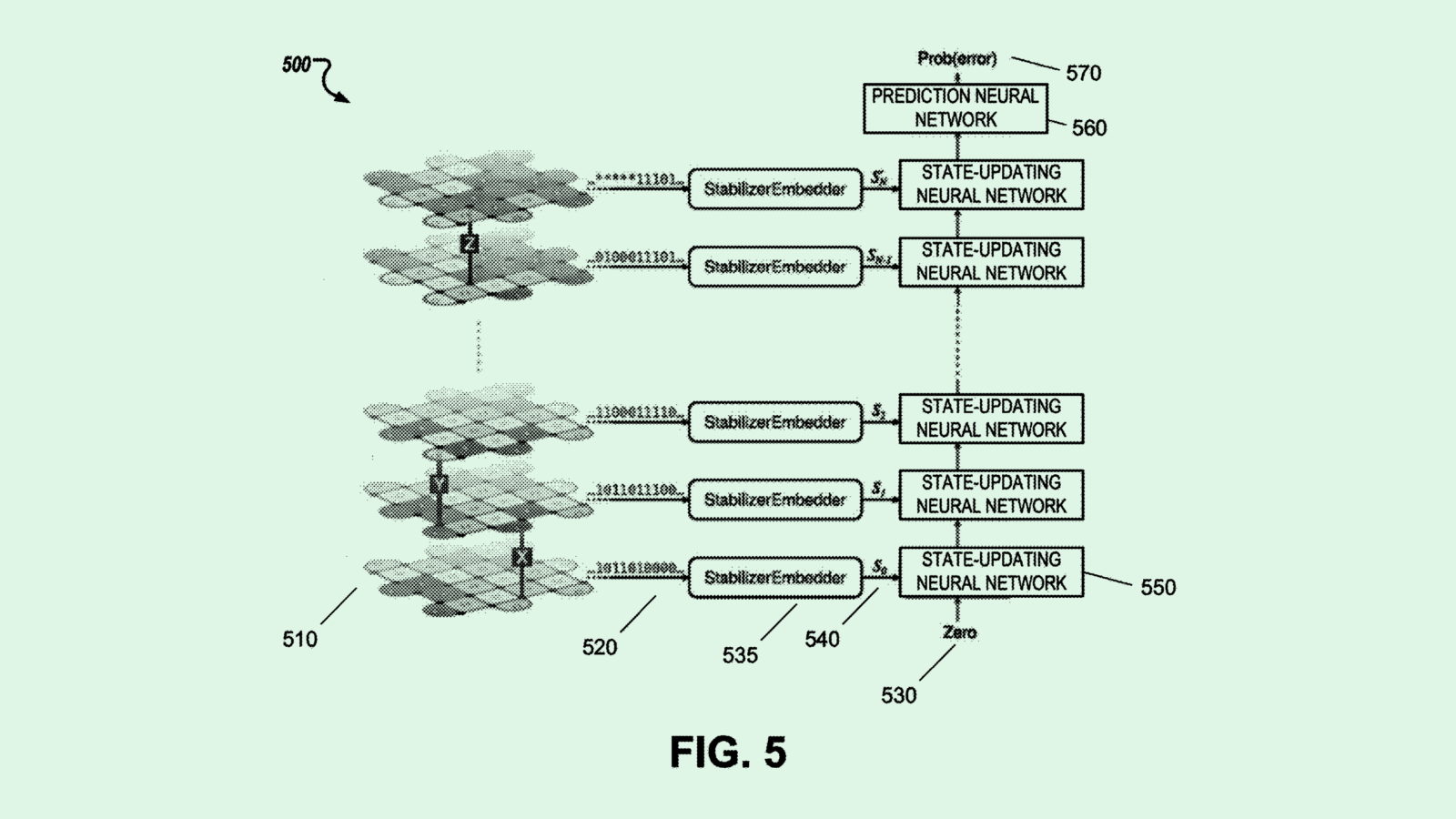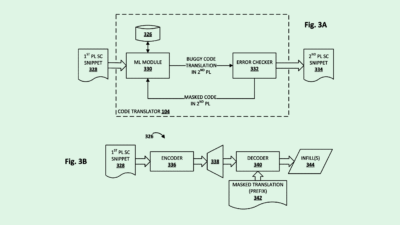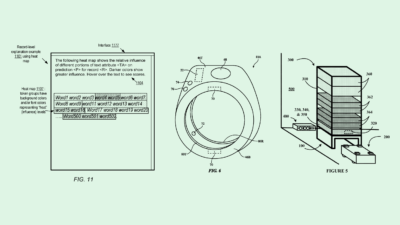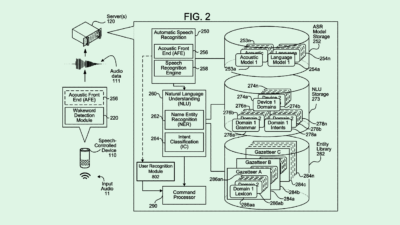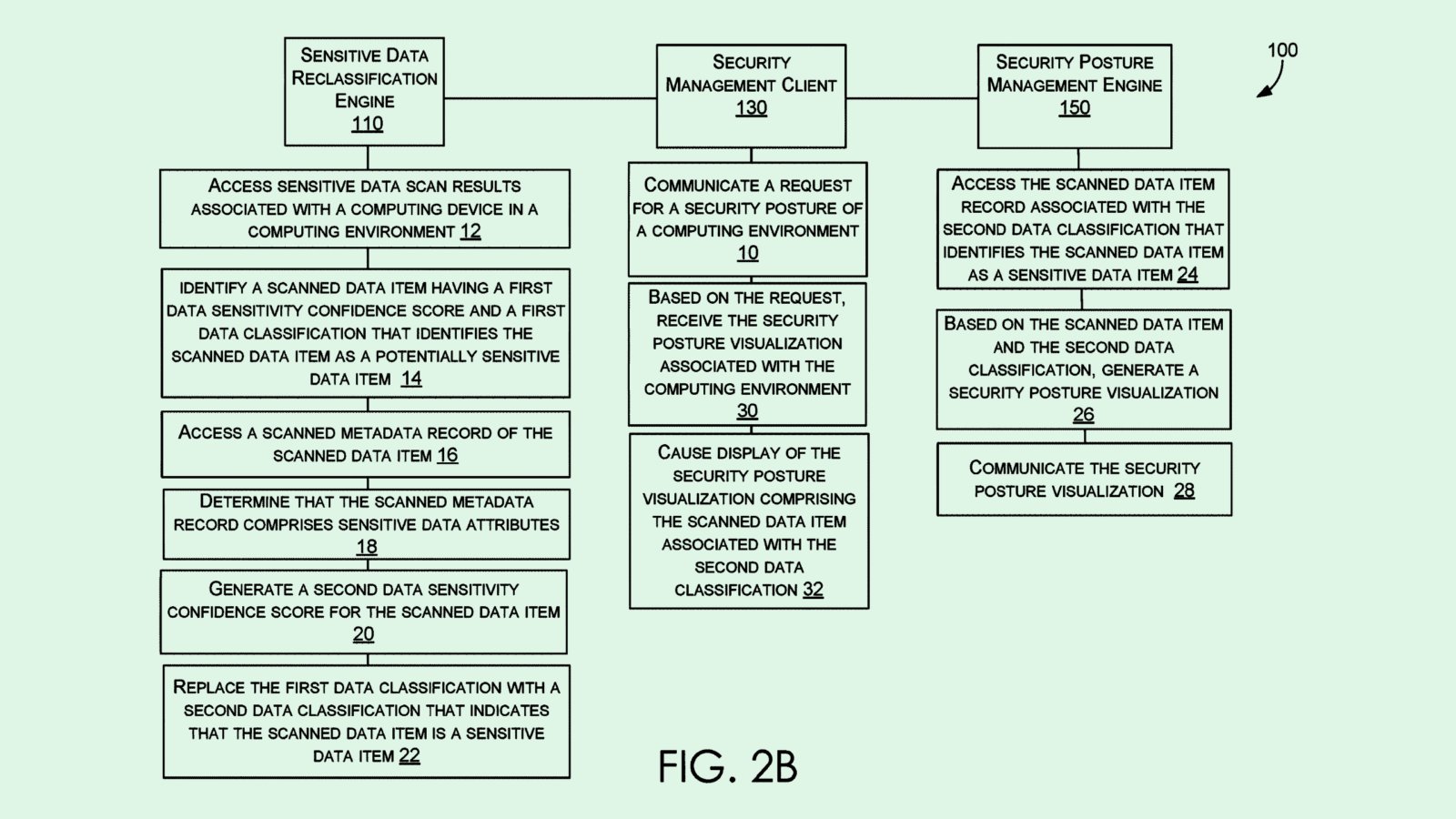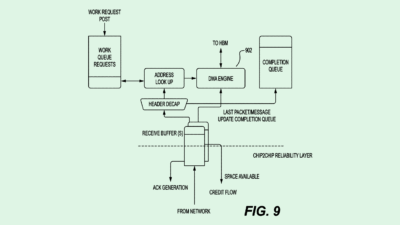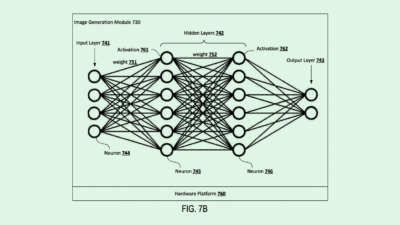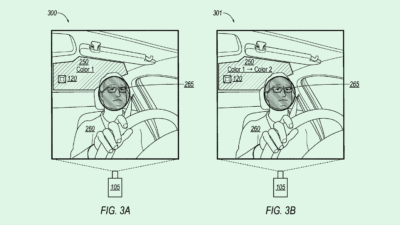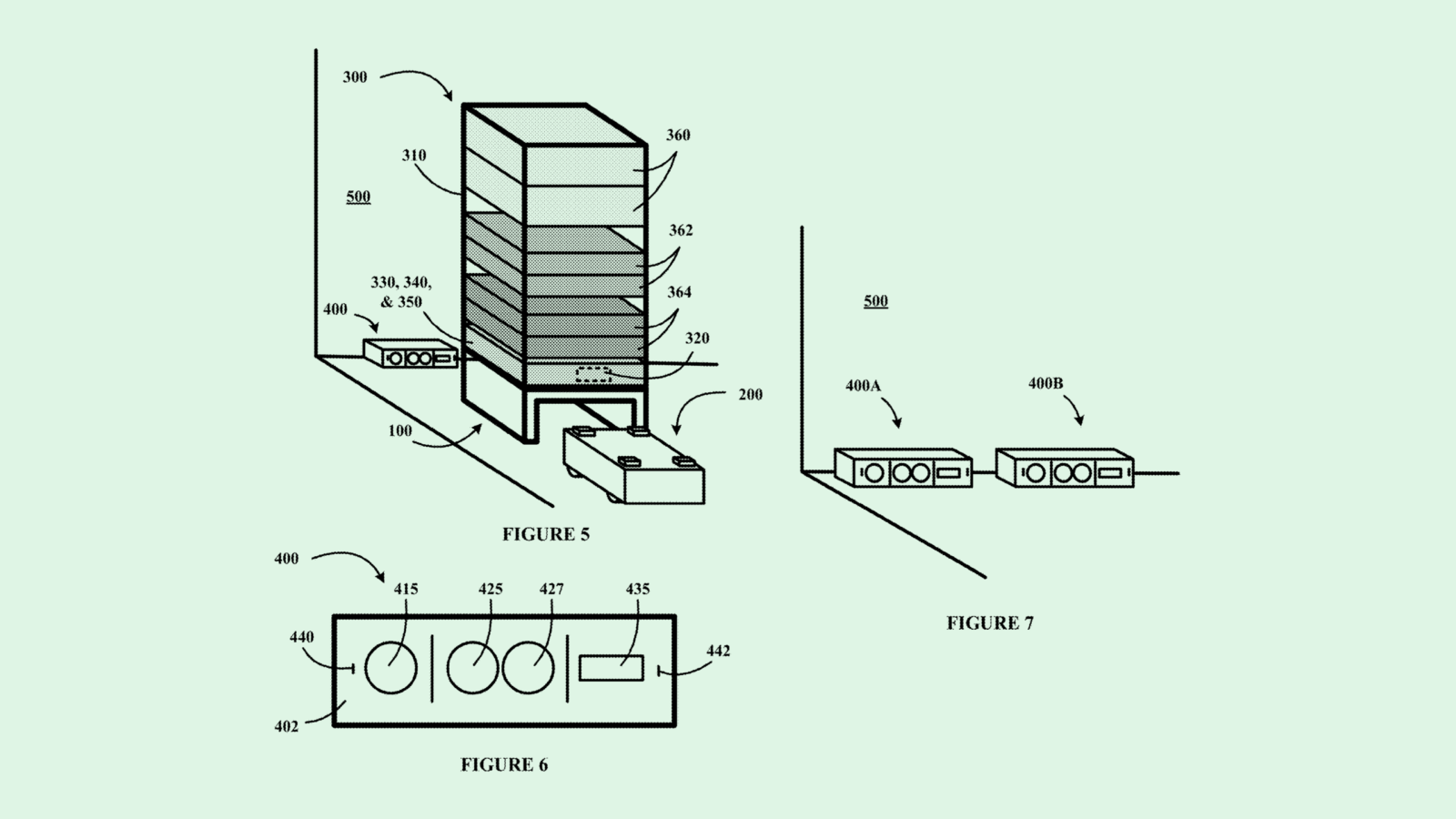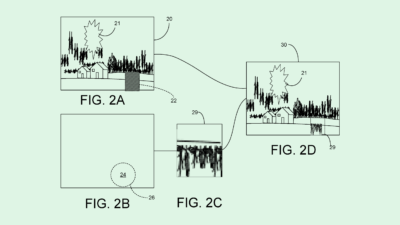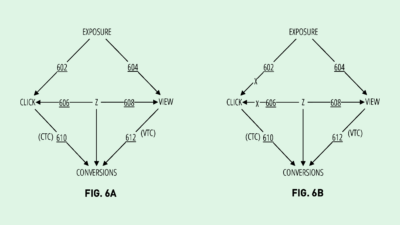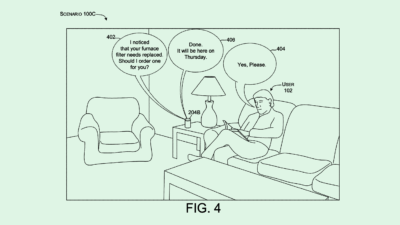Google Patent Could Track Users Based on Wi-Fi Connection
This tech could be used for automatic control of certain devices in a building, but also may present privacy concerns.
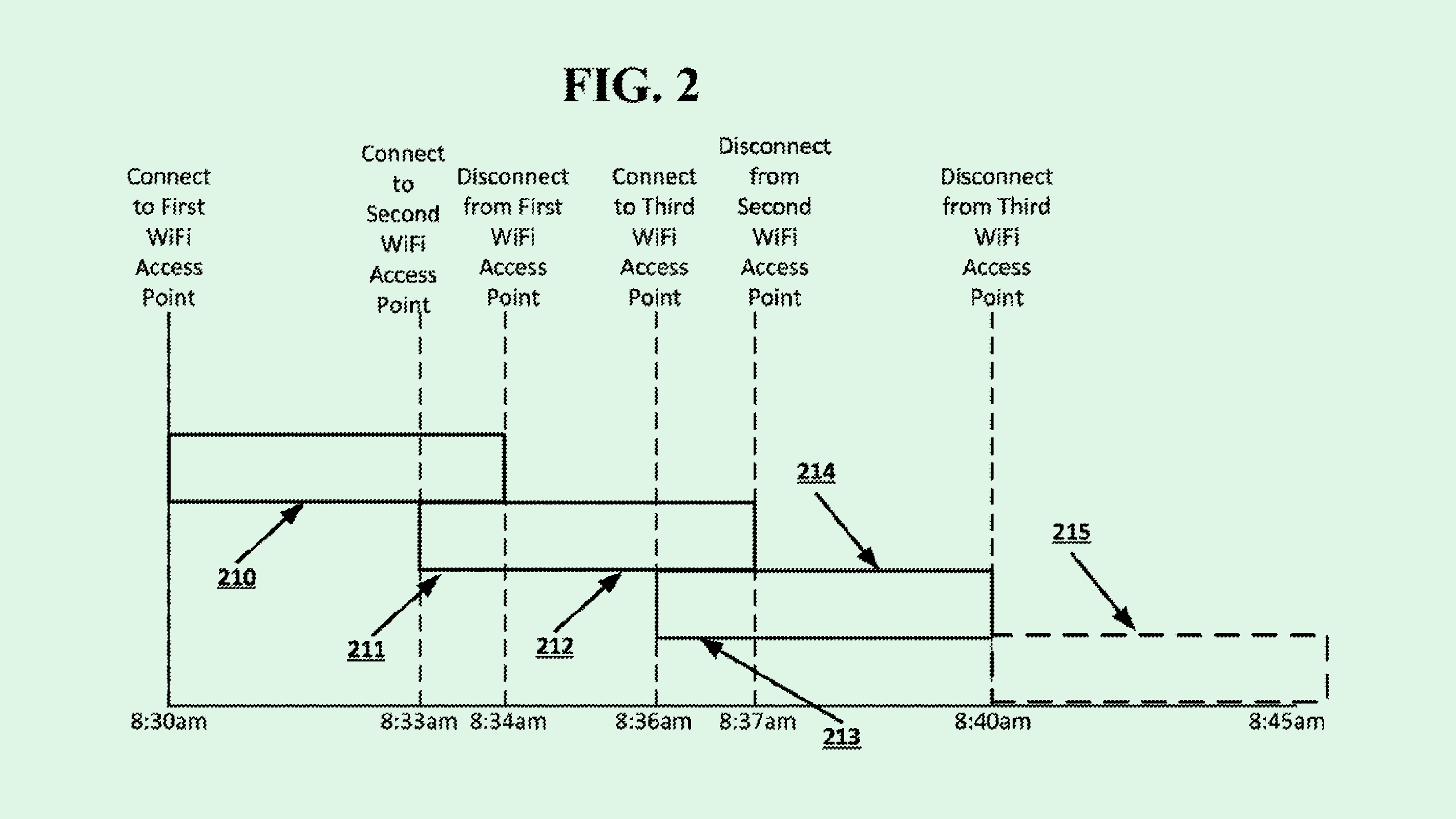
Sign up to uncover the latest in emerging technology.
Google wants to know who’s on the Wi-Fi.
The company is seeking to patent a tool to determine “user presence and absence using WiFi connections.” Google’s system essentially monitors when people come and go by tracking when their devices connect to a building’s Wi-Fi.
Google noted that this kind of tracking may be used to activate certain devices as people enter rooms, such as bumping up the AC or turning on the lights. The company said in the filing that tracking users this way may be beneficial when “The environment may include devices and systems that may be automated and may operate based on the presence or absence of individuals within the environment.”
This system uses machine learning to generate reports based on Wi-Fi “access points” positioned around a building. These reports include an identifier of devices that are connected to these access points, and indication of connection to or disconnection from them, as well as timestamps indicating when someone came and went. Individual reports are generated for each different user.
Google’s tech also uses machine learning to figure out when certain devices should or shouldn’t be tracked as separate users – such as if a user has two Wi-Fi-enabled devices on their person – as well as to determine if a user has switched primary devices, such as getting a new phone. This system may also track users through overlapping Wi-Fi access points, such as moving in between floors in a building.
Google noted that the identifier used to track comings and goings may be a “privacy preserving identifier,” which, though it can distinguish one device from another, it “may not allow for positive identification of the WiFi device itself or of the user of the WiFi device.”
While Google’s patent indicates that this tech could automatically activate devices based on user presence, physical sensors have long filled that gap, so it’s unclear how this kind of tech offers anything different from a motion-activated porch light, said Sara Geoghegan, counsel for the Electronic Privacy Information Center.
With a lot of innovations in consumer tech, the common case is that companies will ask for more and more personal data, and in return users get more convenient and useful features. This leaves the consumer to decide how much trust they’re willing to put into these tech firms for the sake of convenience.
But with this tech, Geoghegan said, “It seems that the potential benefits that this software service could provide already exist with significantly less privacy-invasive services. Like a lot of things in our space, I think that there is often this idea that there is some sort of convenience or benefit. But if you really look at it, it’s quite minimal.”
Google, meanwhile, gains access to continue growing its “troves of personal information,” said Geoghegan. And while Google does make the caveat that these systems may come with privacy-preserving identifiers for the users it tracks, the fact that this system may be operated through a cloud-based system presents its own risks.
Plus, Google doesn’t have the best reputation with tracking and storing location data: In September, the company had to pay a $93 million settlement over accusations that it misled customers on how it handled their location data. It had settled a similar lawsuit in 2022 for $392 million over allegations relating to its location practices.
